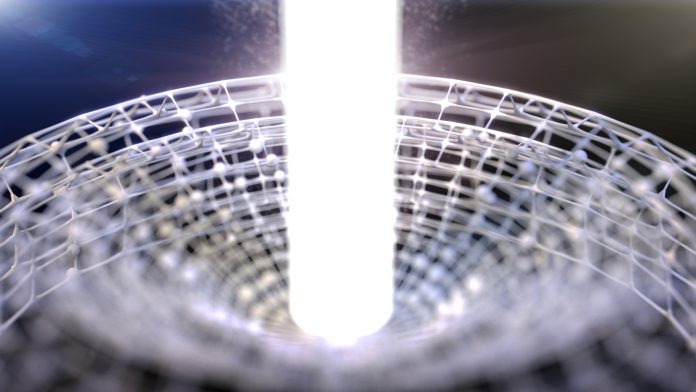Carsten Welsch tells Innovation News Network his ‘cooking recipe’ for anti-matter while addressing public preconceptions towards his research.
Carsten Welsch, a former CERN fellow, studied his post-doctorate at the Max Planck Institute for Nuclear Physics in Heidelberg. Welsh is currently coordinating the EU-funded research and training networks DITANET, LA3NET, oPAC, OMA and AVA.
The AVA project will enable an interdisciplinary and cross-sector program on anti-matter research. As an Innovative Training Network within the Horizon 2020 Marie Skłodowska-Curie actions, the project aims to carry out research across three scientific work packages. These cover facility design and optimisation, advanced beam diagnostics and novel low energy anti-matter experiments.
“What people think when hearing the word anti-matter is Star Trek or Star Wars. And they know very little about the physics behind it. It is rarely known that even though anti-matter doesn’t exist freely in the universe, people use anti-matter routinely,” said Carsten Welsch.
“Anti-matter cooking recipe”
“What you have to do is first you take a beam of protons, which you find at CERN in Geneva, Switzerland and you bring that beam through very high energies.
“And then shoot this high energy beam you onto a metallic block. And then, because of the probably the most famous physics equation E equals MC squared. If you bring enough energy onto a particular point in space you create mass, and the equation doesn’t say anything about what mass you create so amongst these particles will also be anti-particles.
“We shoot these protons onto the metal block. And then there’s a very low probability, that we create one anti-proton, so we fire the protons onto the metal and for every 1m protons that hit the target, you just get one anti-proton out of it.”
How available is it?
Welsch continued, “When you have to get a PET scan at the hospital, medical doctors inject the radioactive isotope into your blood. This decays into electrons and its counterpart the detector detects these two particles simultaneous and that tells the GP exactly what’s happening in your body.
“Most non-physicists that I talk to are quite fascinated by that area of research because it’s very exotic. Anti-matter is by far the most expensive substance in the world, and much more expensive than diamonds and gold so we are quite lucky in being able to do research with it.
“It costs billions per gram; it’s going to be extremely expensive because you need this big accelerator infrastructure to create anti-matter in the first place.”







